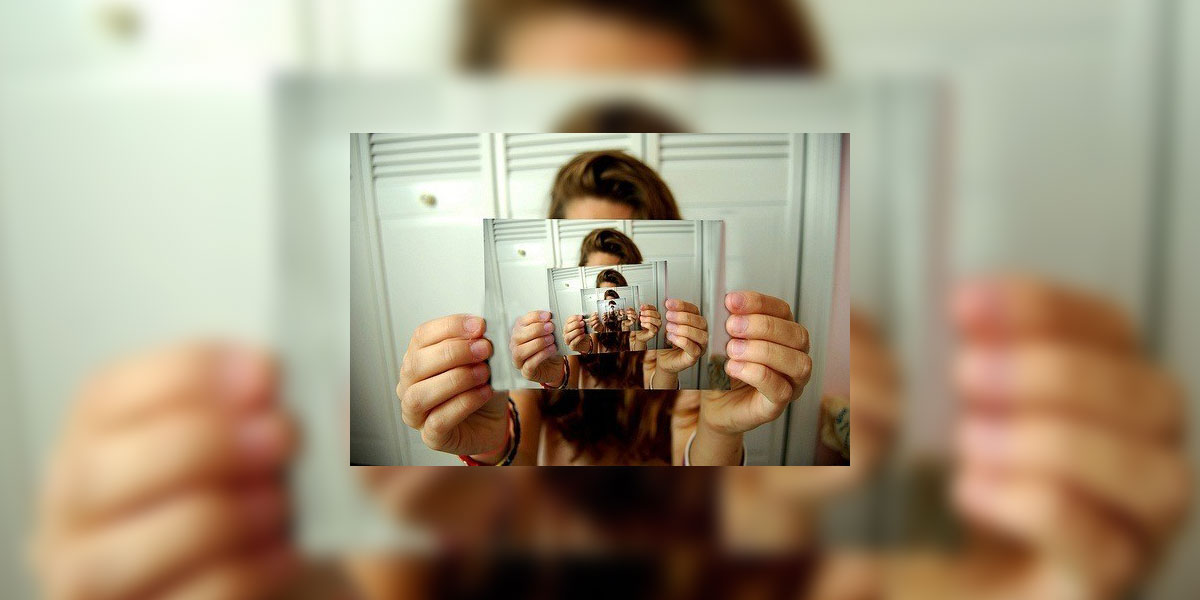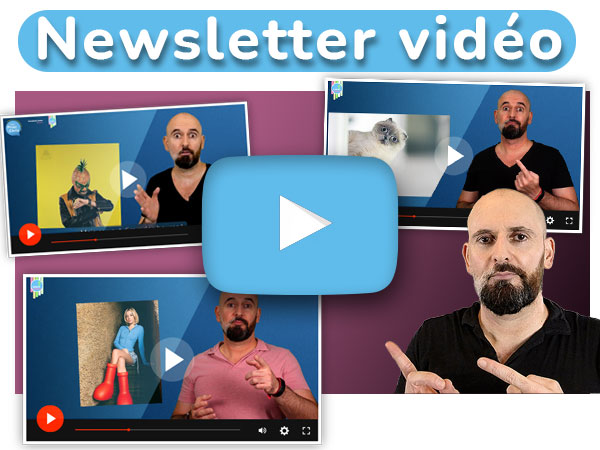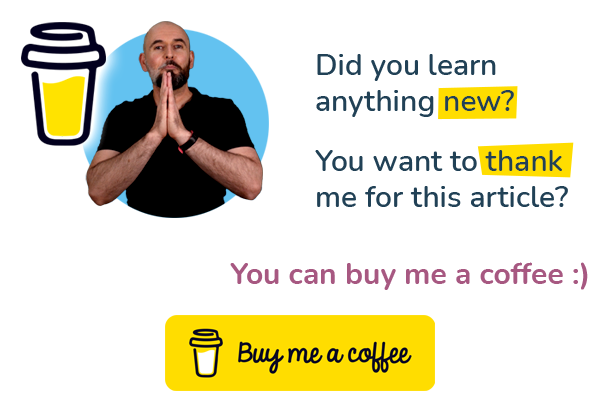Like in English, French has its own figure of speech called pleonasm.
Pleonasm is a situation where you use more words than are necessary to express an idea. For example, you might say je monte en haut when you could only say: je monte (I’m going up).
It is said that they are involuntary or unconscious pleonasms. They generally mark syntactic errors, and an ignorance of the French language.
But don’t worry, this type of ignorance is very common among the French. So, if you, who are learning the French language, commit pleonasms while speaking, it’s really not serious.
Let’s take a closer look at all that can be said about this unintentional, but sometimes voluntary, French figure of speech called pleonasm.
What is meant by pleonasm?
Pleonasm is a figure of speech resulting from the use of several words to express an idea that could have been expressed with fewer words. It can also be defined as the presence of superfluous or redundant words in a sentence.
Here is one example:
- Par une belle nuit d’été, nous observions un ciel constellé d’étoiles. (On a beautiful summer night, we were watching a sky full of stars.)
Why is un ciel constellé d’étoiles a pleonasm? Because the verb consteller already has in its definition the fact that it is strewn with stars.
So there is absolutely no need to repeat it. In fact, this repetition brings heaviness and awkwardness to the sentence.
Pleonasms are usually considered errors, but they can also be used on purpose to create a certain effect, such as humor or or an expression of certainty.
- Je veux le voir de mes propres yeux ! (I want to see it with my own eyes!)
Here, the use of pleonasm expresses the fact that we want to see it ourselves and only by ourselves. Its use is totally useless to understand the action of seeing but perfectly relevant to insist on the idea that only the fact that it is us who see it counts.
| 📌 What is a French figure of speech? In French, as in any language, we use figure of speech to give more strength or expressiveness to what we want to say. A figure of speech is a figure of style that uses words in a non-literal way. This can be done by using metaphors, similes, hyperboles, oxymorons, etc. For example: – Il est tombé comme une pierre. (He fell like a stone.) This sentence is not to be taken literally. The person who said it wanted to express the fact that the person fell quickly and heavily. |
Do you like learning French with videos?
Receive our free video newsletter every Friday in your e-mail box. You will get 3 “Tips & Tricks” on grammar, vocabulary, phonetics or French culture.
👉👉 Sign up now!
The French crime writer Frédéric Dard liked to use the pleonasm in his humor. His famous character, the commissioner San Antonio reports:
- […] avant de se laisser décapiter la tête entre le menton et le cou, comme dirait un pléonasme distingué… (before letting his head be decapitated between the chin and the neck, as a distinguished pleonast would say…)
How do you use pleonasm in a sentence?
Pleonasm is a figure of speech that can be found in all types of texts, whether it is literature, poetry or everyday language.
It can also be found in many idiomatic expressions such as:
- mettre les petits plats dans les grands (to go all out)
- monter en haut (go upstairs)
- descendre en bas (go downstairs)
- rentrer chez soi (go home)
Pleonasm is also very common in proverbs, such as:
- Mieux vaut prévenir que guérir. (Prevention is better than cure.)
- Avoir beau jeu de… (To have a easy game of…)
- On n’est jamais si bien servi que par soi-même. (You’re never as well served as by yourself.)
When to avoid pleonasm?
Pleonasm is generally considered a mistake, because it is often seen as a lack of precision or an incorrect use of words.
However, it can also be used on purpose to create certain effects, as we have seen previously, such as humor or emphasis.
In any case, if you want to avoid pleonasm in your writing, it is best to be careful not to repeat the same idea twice.
To avoid the use of pleonasm, you can :
- use a thesaurus to find different words that express the same idea.
- You can also try to rephrase your sentence to make it more concise.
For example, in the context of a French exam, as a teacher and member of the DELF jury, I would advise against using pleonasms. The risk that the examiner will not understand the intentional effect of its use is too great on the writing of a relatively short text, even when it is 250 words for the DELF B2 written exam.
Is tautology and pleonasm the same thing?
No, tautology and pleonasm are not the same thing.
As we have seen, the pleonasm is a figure of speech that defines the redundancy of information by associating two words of the same meaning.
Whereas a tautology is a sentence or a stylistic effect that can only be true.
The following expressions are considered tautologies:
- Je suis comme je suis. (I am as I am).
- Face je gagne, pile tu perds. (Heads I win, tails you lose.)
Often confused with tautology, pleonasm is considered a fault where tautology reinforces the expression of a thought.
Sources that inspired the writing of this article:
Conclusion
We will see in other articles new figures of speech to write in French and give richness to your writing style.
And if you want to enrich your oral French, consider subscribing to our weekly video newsletter. In less than 10 minutes, each week, we will cover 3 points of the French language to help you learn French.
A bientôt 😀
Articles that might interest you:
- How do you practice French writing?
- French figure of speech: Periphrase
- Figure of speech in French : Pleonasm
- The best tips for passing your next French writing exam
- 5 Common French Writing mistakes and how to avoid them
- Common mistake made when writing in French
- 12 top tips for better French writing
- Learning French from Textbooks



